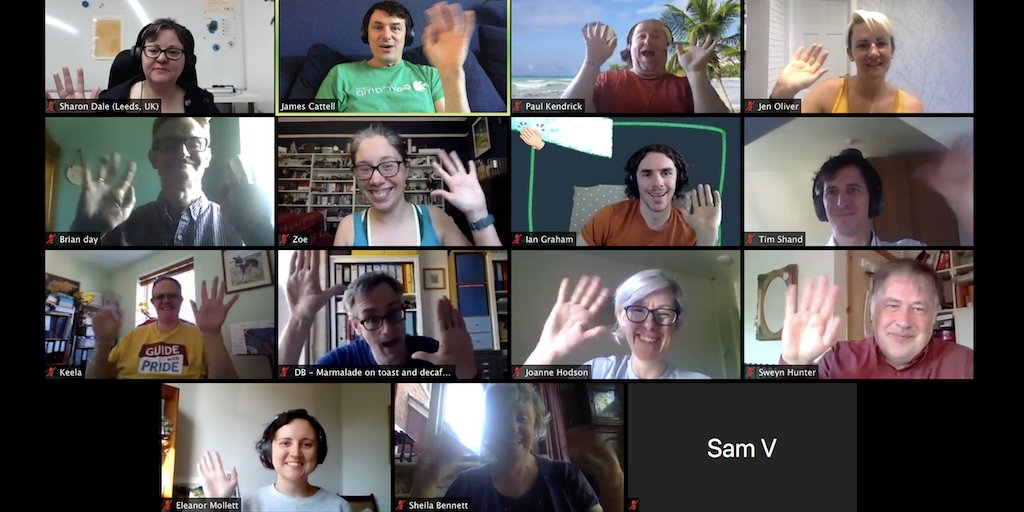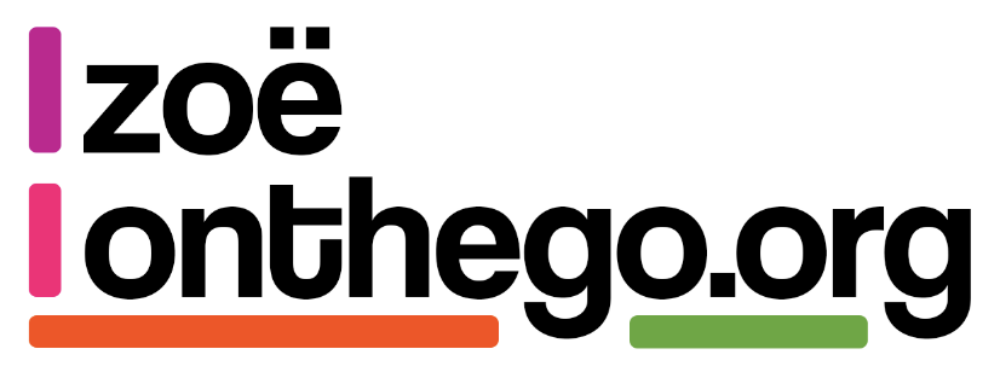Changing how we work, to ensure we can still deliver.
One of the big tenants of agile working has always been about the importance of colocation, and there are a million blogs out there on why colocation makes a big difference.
The first value of the Agile Manifesto states: Individuals and Interactions Over Processes and Tools; and one of the 12 principles is to Enable face-to-face interactions; this is because it is generally understood that colocation allows a better ‘osmosis’ of knowledge between the team, allowing better and faster sharing of information and discussions.

But colocation has always had its downsides, the main ones being that constant colocation doesn’t’ allow people time to process information and work without interruption/ distraction. There’s also a large time and cost implication; with team members and especially Subject Matter Experts often having to travel a lot to remain engaged. The most common excuse I have heard from Senior Leaders in organisations on why they can’t attend user research sessions or show and tells etc. is the time and effort it takes not only to attend the event, but to travel to it as well.
As we get better at recognising that not everyone works in the same way; recognising the limits of colocation is also important.
For the last few years, most of the teams I’ve worked on or managed have used a mix of colocation and remote working; usually a minimum of 3 days (ideally 4) in the office working together and only one or two days working from home.
This allows the colocated days to be utilised best for design workshops, user research, sprint ceremonies etc. Days where we can make the most out of being face to face.
That means the ‘remote working’ days could be used to reflect, to review notes, ‘do work’. They were also the days that could be best used for meetings etc.

Obviously COVID-19 threw all of those ways of working on their head; with everything that could be done remotely, moving to be fully remote. Within Difrent in that time we have on-boarded new staff, stood up brand new teams, completed Discoveries, delivered critical services to help with the nations response to the pandemic etc. Now as we consider how we move to a world post pandemic is the time to pause and consider whether we need to (or even want to) return to old ways of working.
A conversation at the virtual #OneTeamGov breakfast meet last week highlighted that Lockdown has meant we have all had to find more inclusive ways of working. It used to be the case that people ‘in the office’ would often make most of the decisions, and then replay those decisions to us few remote workers. Nowadays, with no one in the office, it forces us all to think about who needs to be involved in conversations and decisions. It might take a bit more planning, but it allows us to be more considerate of people’s time and involvement.

Within Difrent we have recognised that a return back to full colocation is actually not necessary in order for us to keep delivering services that matter. Working remotely has not impacted our ability to deliver at all. Rather than having remote working be the exception, we are now planning how we can make that the norm.
Thinking about how we put people before processes; we are ensuring we use the days where we will all get together face to face to their best advantage, making sure we get value from peoples time and the effort they have put in to travel and that we are adding value to them (and the project) in return.
